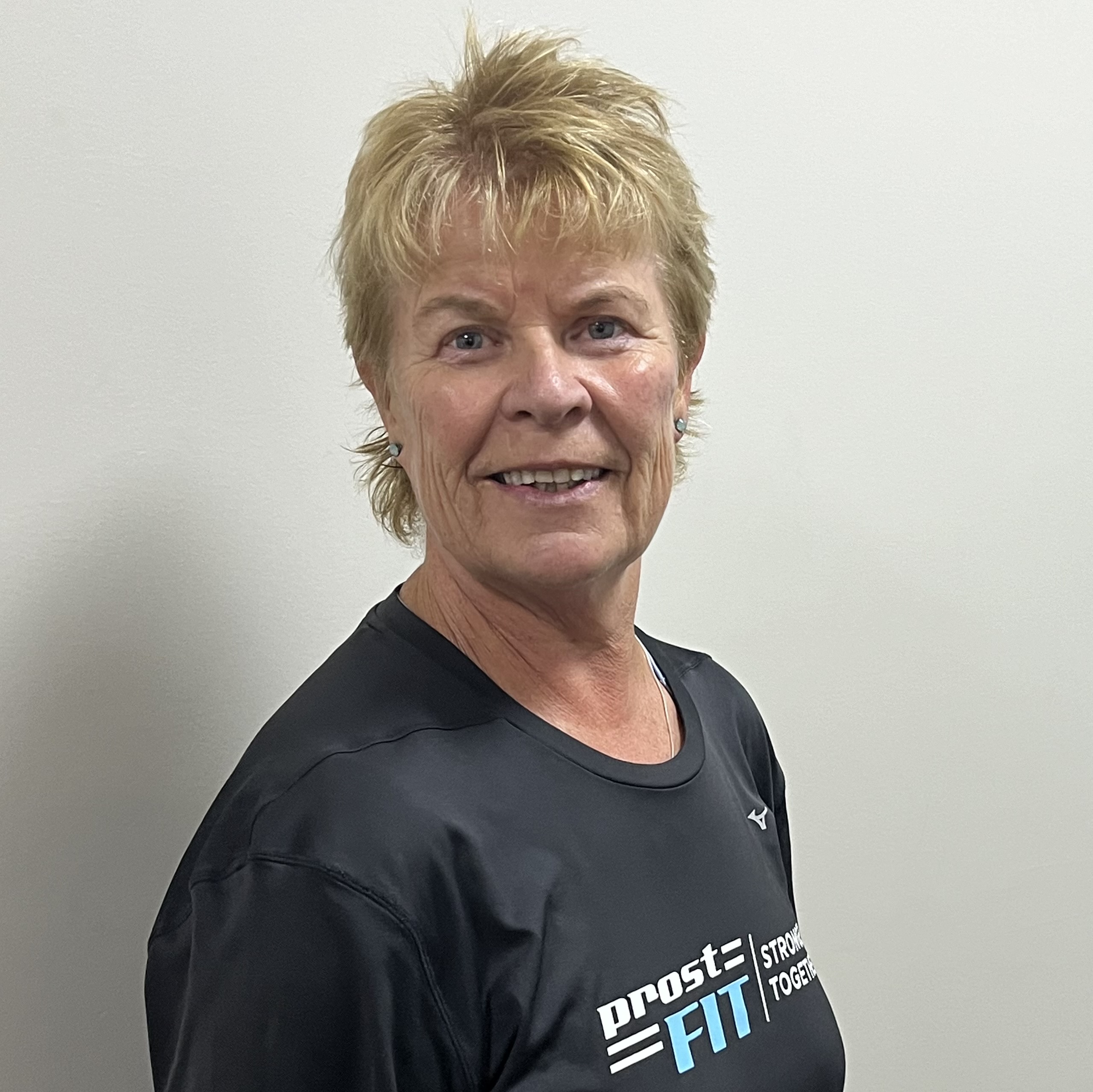With 6% of the UK population – or one in every 16 people – living with diabetes mellitus (diagnosed and undiagnosed), Kris Tynan explains what fit pros need to take into consideration when a client comes to you with diabetes.
Diabetes mellitus occurs when the pancreas is no longer able to make insulin or when the body cannot make good use of the insulin it does produce, otherwise known as insulin resistance. Insulin is crucial as it breaks carbohydrate (CHO) down into glucose to be used as energy in cells. Without insulin, we cannot survive.
Type 1 diabetes (T1D) is when the pancreas fails to produce any insulin at all. This is down to an autoimmune response when the cells in the pancreas that are responsible for insulin production are destroyed. T1D represents only 10% of all cases of diabetes and is generally diagnosed in childhood and early teens but can develop at any age. People with T1D need to inject insulin for the rest of their lives. Type 1 diabetics are generally very good at managing their condition as they have been doing so for many years, and have good awareness of how their blood sugars respond to exercise and how much insulin and/or CHO they need to take to balance the equation.
Type 2 diabetes (T2D) makes up the other 90% of diabetic cases and is very much linked to modifiable lifestyle factors, as well as a few non-modifiable ones. It was previously known as adult-onset diabetes but, as people are developing it at a younger age, this label is no longer strictly accurate. Management of T2D can include insulin injections, medication (the most common being metformin) or simply maintaining normal blood sugar levels through diet and exercise.
This is a brief introduction and more extensive information can be found at diabetes.org.uk
Understanding diabetes – what you need to be aware of as a fitness professional
- The number one fundamental is that you know they are diabetic and how they manage it. Are they insulin dependent? Or do they just take metformin? This will be covered by your Par-Q or pre-screen. Find out how long they have had the condition and what exercise they currently do to get a handle on how well they manage their blood sugars. If they have been newly diagnosed and have come to you because they have been advised to exercise, you need to be more vigilant, especially in a class situation.
- Make sure they have their blood glucose (BG) testing kit with them, especially if new to exercise. They should also have a suitable CHO snack with them.
- Keep an eye out for signs of a ‘hypo’. This is when blood sugars drop too low (below 4mmol/L) due to an imbalance in the medication taken (particularly insulin), food eaten and exercise. Early signs that are visible to you as an instructor include shaking or trembling, sweating or feeling clammy, looking pale, having trouble balancing, appearing confused and not following instructions. Note: A hypo can normally be avoided with regular blood glucose (BG) measurement (i.e., 15-20 mins before exercise) but if not dealt with can result in collapse, coma and ultimately death.
- In the event of a suspected hypo, sit the person down and, if they have their testing kit with them, have them measure their BG. Administer 15g of fast-acting CHO such as six or seven jelly beans or similar sweets, half a can of regular soft drink (not ‘diet’), half a glass of fruit juice, one tablespoon of jam, sugar or honey, three or four glucose tablets, or one sachet of hypo-fit. Note: It pays as an instructor to have something like this to hand in the event they do not have something with them. If a BG testing kit isn’t available, administer the CHO anyway as you can do no harm with this action. After 15 minutes, retest BG and, if it has not risen to normal levels (4-8mmol/L), administer another 15g of CHO.
This article previously featured in the Fitpro digital magazine.
You can learn more from Kris Tynan about diabetes within our online education – Obesity and Diabetes.








